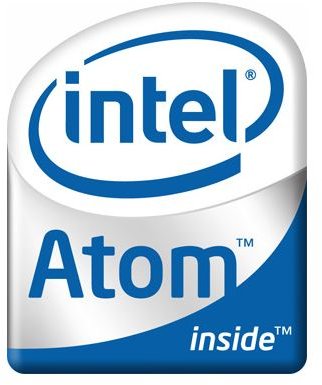Intel Oak Trail: The Savior of Intel Atom Tablet Computers?
x86 Soldiers On
Although dominant in desktops and laptops, Intel’s x86 processors have failed to find much purchase in tablets. Part of the problem has been the hardware; Intel is a company that for years has focused on making super-powered processing heavyweights. Intel is very, very good at that. But they’re not as good at making processors that are power efficient.
As a result, Intel has been playing catch-up. They’ve tried, with little success, to make a processor with wide-spread appeal to smartphone manufacturers. Now the rise of tablets is putting even more pressure on Intel to make a competitive low-power processor.
Follow the Oak Trail
What is the Intel Atom Z670?
It is, in essence, an Atom informed by Sandy Bridge design philosophy. Everything that could possibly be on-die is on-die, including the GPU. Speaking of GPU, the Atom Z670 makes use of a new part called the GMA 600, which Intel claims should be fully capable of displaying 1080p video. The processor itself is a single-core 1.5 GHz component with hyper-threading.
The performance of the Atom Z670 is unlikely to be impressive. A single 1.5 GHz Atom core is going to be quicker than your typical ARM processor, but the Atom also has to put up with operating systems that are designed primarily for desktops and laptops, as it can only run x86. And while Intel claims smooth 1080p, this claim rarely comes without strings attached. I would not be surprised if the Z670 can do this. I would be surprised it can do it outside of a few specific use scenarios.
Size and Power - The Real Story
It’s not performance that is Intel’s problem. It’s size and power. The ARM chips found in smartphones and tablets have a TDP (thermal design power) of 1W to 2W. The new Atom Z670 manages a TDP of 3 Watts, and its also made on a smaller 45nm process. When combined with the space saved by putting the GPU on-die, the Z670 is the smallest Atom yet.
Still, it’s not clear if it will matter. The Atom Z670 has two major hurdles. The first is Apple’s dominance of the tablet market. Few other tablets are selling, and it’s extremely unlikely Apple will switch to Intel processors for their tablets. The second is the specter of x86. Although there is an x86 port of Android available, it’s merely a port. There isn’t a good x86 compatible operating system available right now.
It’s a Marthon
Intel is focusing on smartphones and tablets as a marathon. That’s not surprising - usually, the people losing at any particular moment make this claim. In Intel’s case, however, it’s true. Intel is a company flush with cash, so they can run this race for a very long time.
The next stop for Intel Atom is Cloverview. This will be a further reduction in size to a 32nm lithography production process, which will further reduce size and likely further reduce power consumption. Intel has stated publicly that the Cloverview Atom processors should be able to power systems while passively cooled. The Z670 is also capable of this, but Cloverview is not just targeted at tablets, but also is targeted at netbooks. This means we should see a much wider selection of SKUs at launch.
Still, the biggest milestone for Intel - Microsoft Windows 8 - is out of Intel’s control. Current speculation is that Windows 8 will have much better tablet support than any previous version of Windows. If Microsoft is able to roll out an x86 compatible, tablet-friendly version of Windows, Intel will suddenly be in a much better position. Until then, Intel iss hobbled by its inability to run the most popular mobile operating systems.
References
Gotta Be Mobile: After Oak Trail, Intel to Tackle Tablet Market with Cloverview
ZD Net: Intel Oak Trail Official
Images courtesy of Intel press materials
